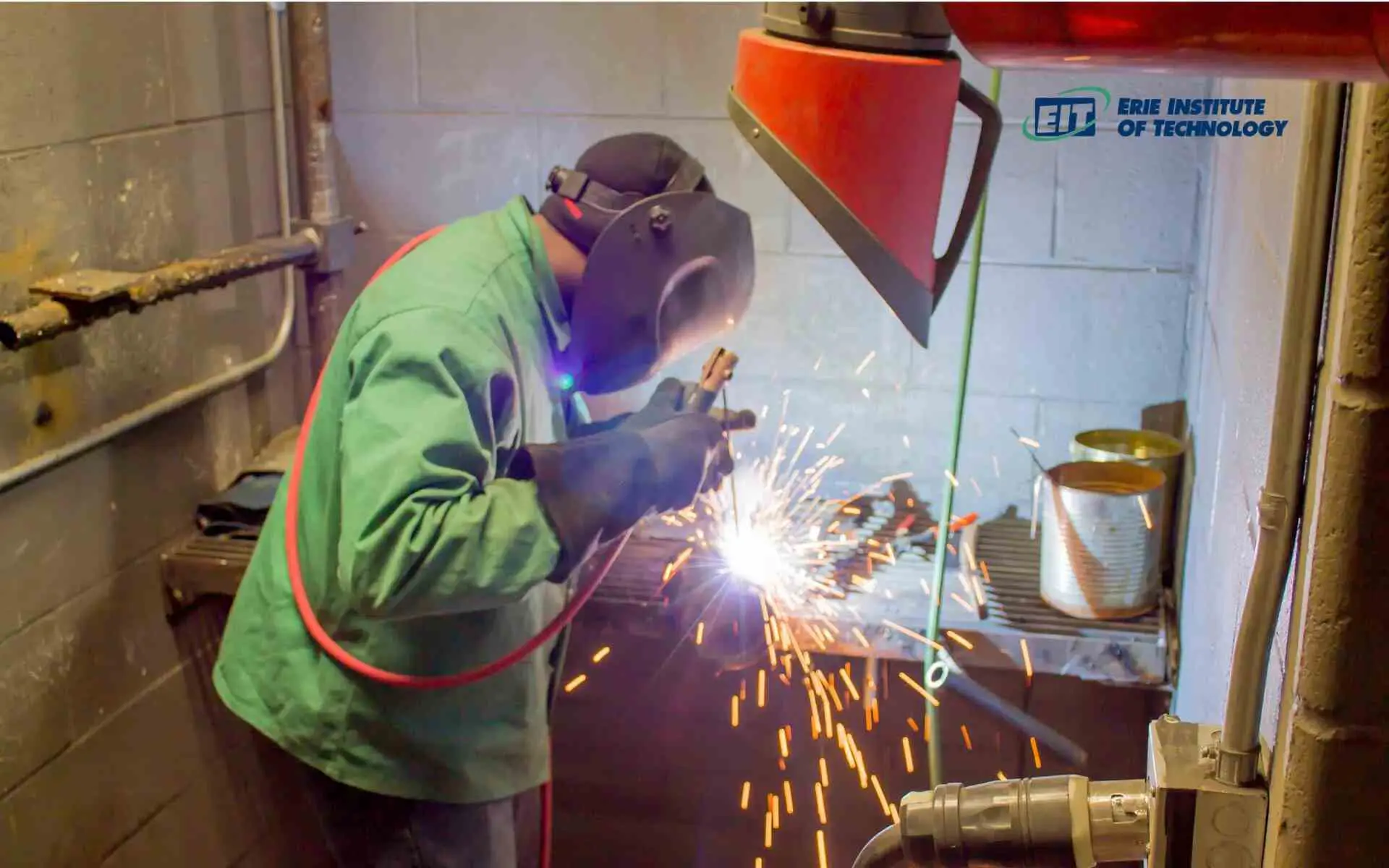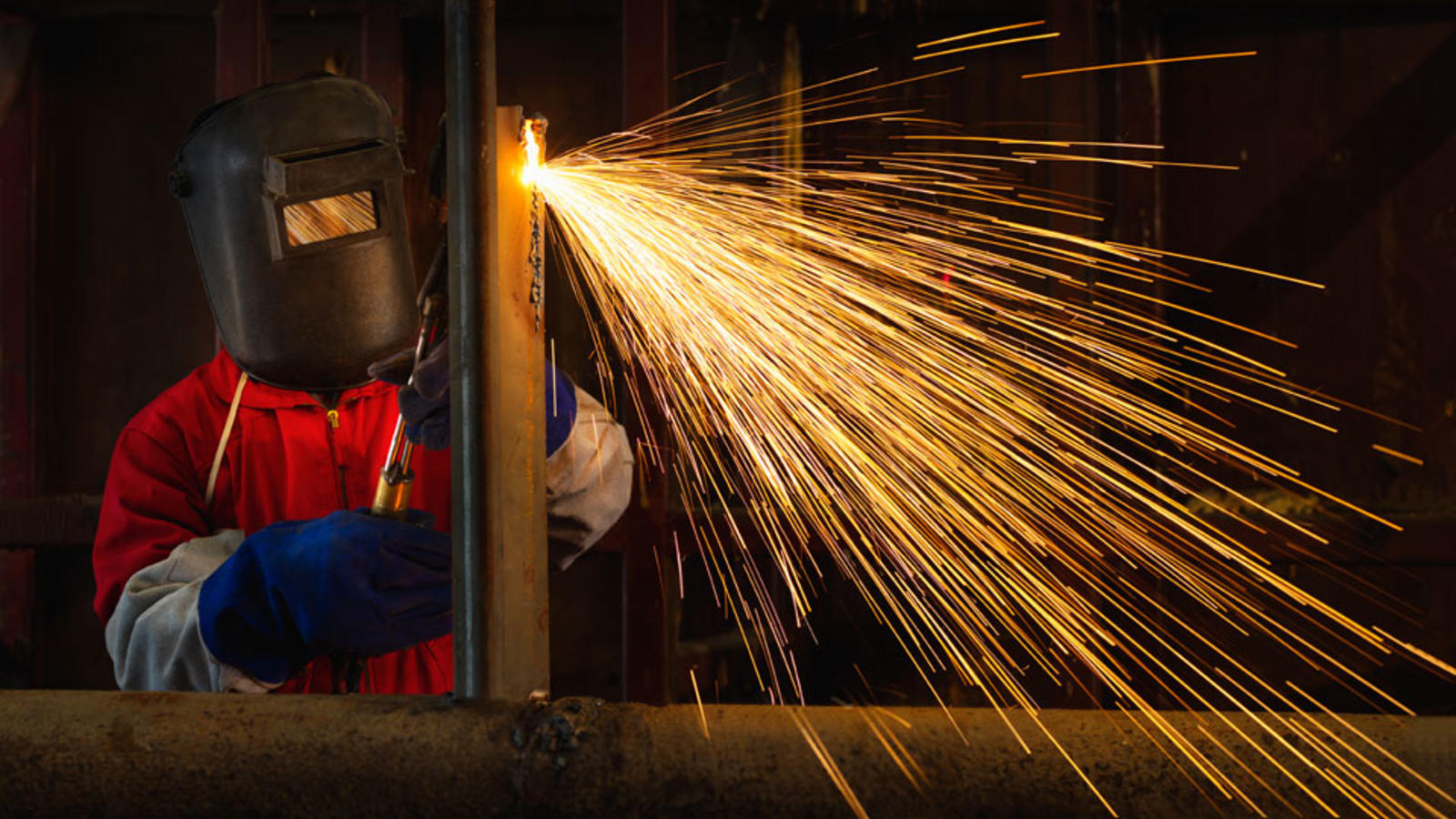Understanding Welding WPS Requirements: Ideal Practices and Techniques for High Quality Welds
In the realm of welding, mastering Welding Procedure Specification (WPS) requirements is an essential part that straight influences the quality and integrity of welds. As we navigate through the ins and outs of welding WPS criteria, uncovering essential understandings and strategies for accomplishing top-tier welds will certainly be vital for welders seeking to excel in their craft and create welds that stand the examination of time.
Understanding Welding WPS Specifications

Inspectors rely on WPS documents to confirm that welding procedures are being followed appropriately and that the resulting welds are of high quality. Designers utilize WPS requirements to develop welding treatments that make certain the sturdiness and integrity of welded frameworks.


Important Devices for Quality Welds
Understanding welding WPS criteria is necessary for welders to properly use the important devices required for creating high quality welds. The type of welding maker needed depends on the welding process being used, such as MIG, TIG, or stick welding. Wire brushes and breaking hammers are important for cleaning up the weld joint before and after welding to eliminate any contaminations that could affect the quality of the weld.
Secret Strategies for Welding Success
To attain welding success, one have to grasp the key methods essential for generating high-quality welds. Preserving a secure welding and a consistent hand placement throughout the procedure is essential to accomplishing precision and consistency in the welds. By grasping these vital techniques, welders can elevate the high quality of their job and attain welding success.
Ensuring Compliance With WPS Standards

Additionally, welders ought to undergo training to familiarize themselves with the WPS requirements relevant to their work. Routine audits and evaluations need to be carried out to confirm that welding tasks line up with the Click This Link recommended WPS standards. In addition, preserving comprehensive documents of welding parameters, equipment calibration, and examination outcomes is crucial for showing conformity with WPS requirements - welding WPS. By faithfully adhering to WPS criteria, welders can make certain that their job satisfies the needed quality degrees and adds to the total success of the welding task.
Troubleshooting Common Welding Issues
When confronted with usual welding problems, identifying the root cause is crucial for effective troubleshooting. One prevalent issue is the existence of porosity in welds, commonly brought on by impurities such as corrosion, oil, or read this article dampness. To Website resolve this, making sure appropriate cleaning of the base metal before welding and using the appropriate shielding gas can significantly minimize porosity. One more problem regularly run into is lack of blend, where the weld falls short to appropriately bond with the base material. This can originate from insufficient warm input or incorrect welding strategy. Readjusting parameters such as voltage, cord feed speed, or travel rate can help improve combination. In addition, distortion, fracturing, and spatter prevail welding challenges that can be reduced via correct joint preparation, consistent warm control, and picking the appropriate welding consumables. By thoroughly comprehending these typical welding problems and their source, welders can successfully troubleshoot problems and accomplish high-grade welds.
Conclusion
In verdict, grasping welding WPS criteria requires a thorough understanding of the guidelines, utilizing vital devices, and executing key techniques for successful welds. Making sure compliance with WPS standards is crucial for creating high quality welds and preventing typical welding problems. By following ideal practices and strategies, welders can attain trustworthy and regular lead to their welding tasks.
In the world of welding, understanding Welding Treatment Specification (WPS) criteria is an important element that straight influences the top quality and integrity of welds.When delving right into the realm of welding practices, an important aspect to comprehend is the relevance and intricacies of Welding Treatment Requirements (WPS) standards. WPS standards give a detailed guideline for welding procedures, guaranteeing consistency, high quality, and safety in the welding process. The kind of welding maker required depends on the welding procedure being utilized, such as MIG, TIG, or stick welding.Accomplishing welding success via the proficiency of essential techniques requires an extensive understanding and adherence to Welding Treatment Specification (WPS) standards.